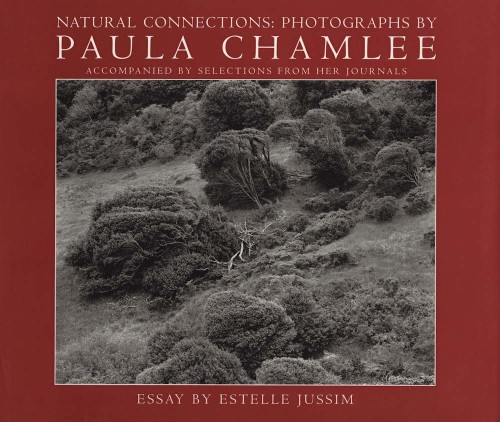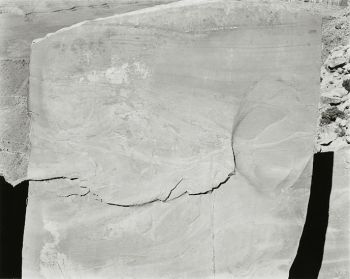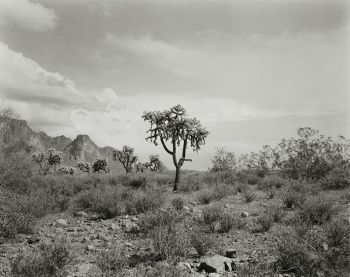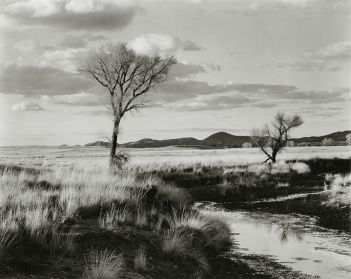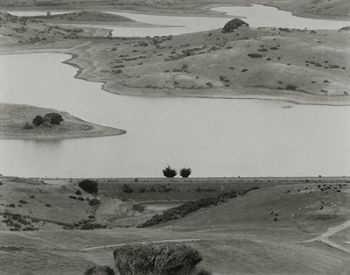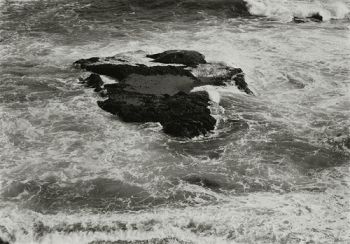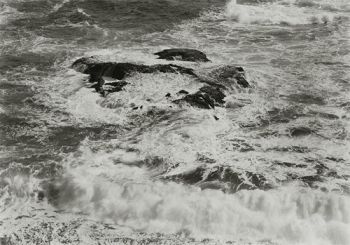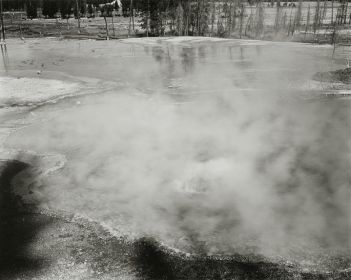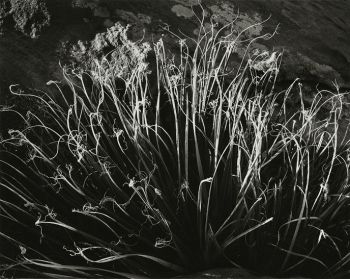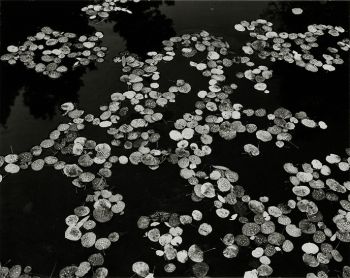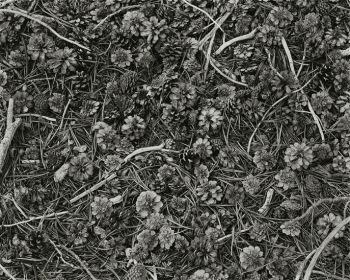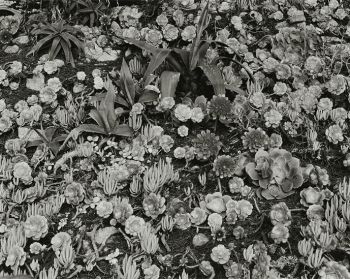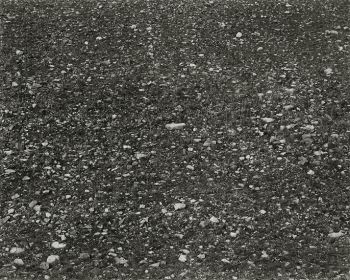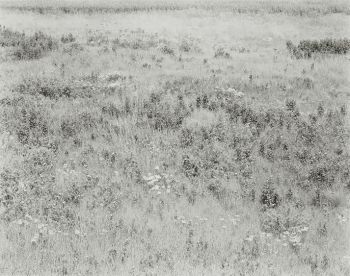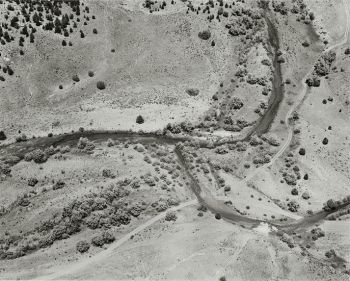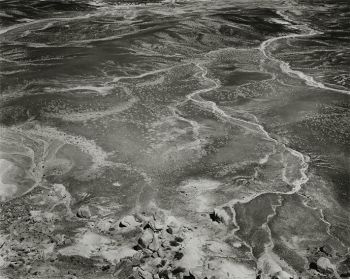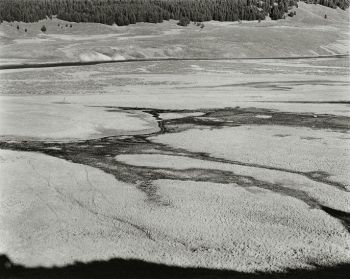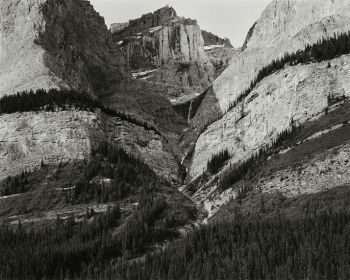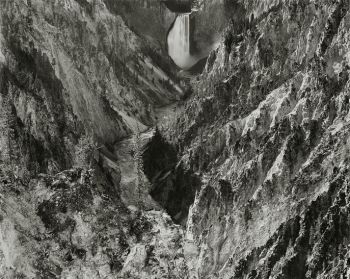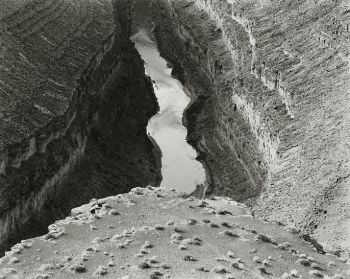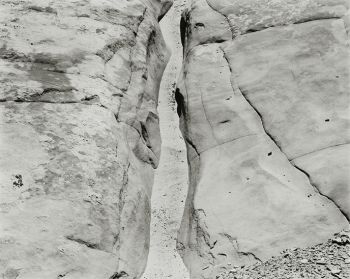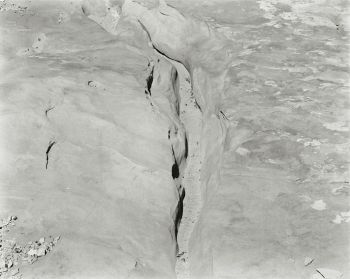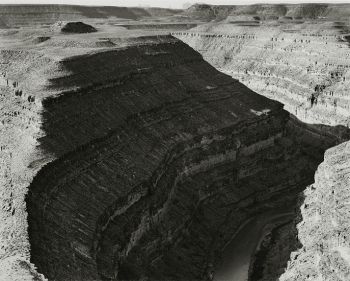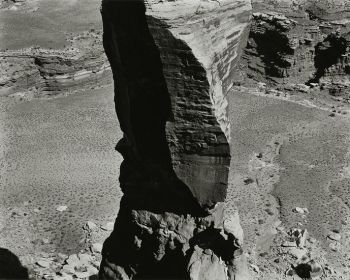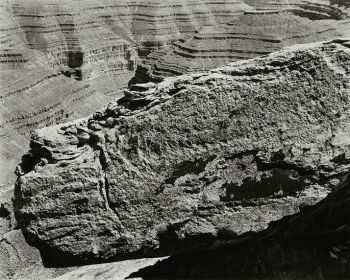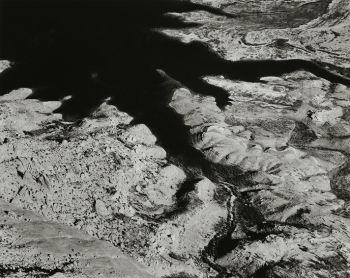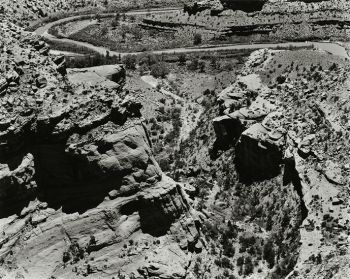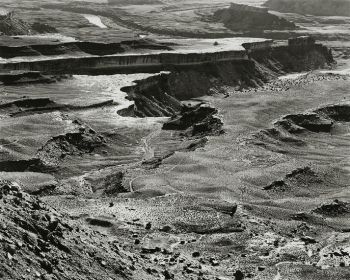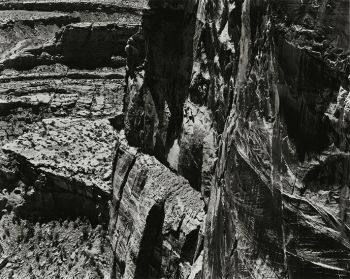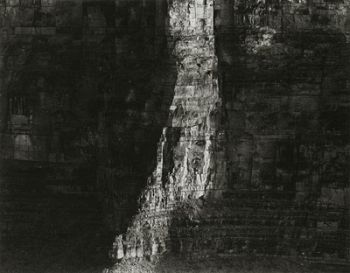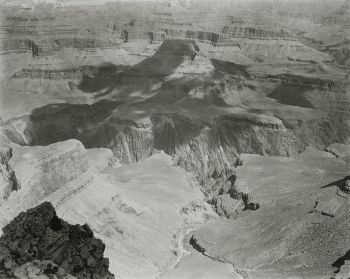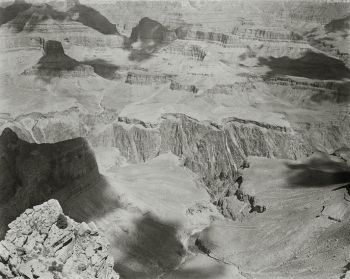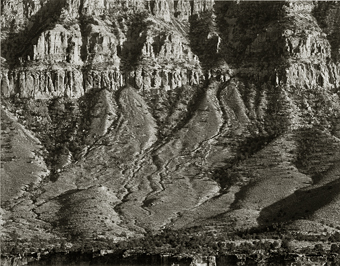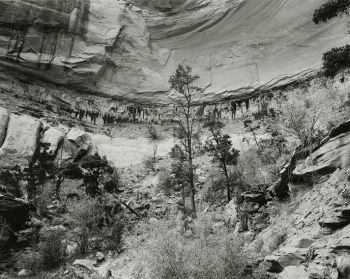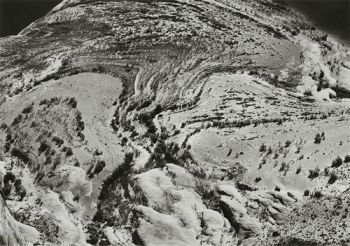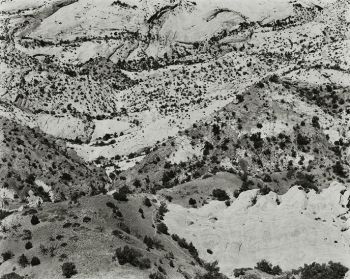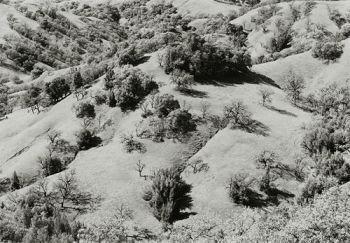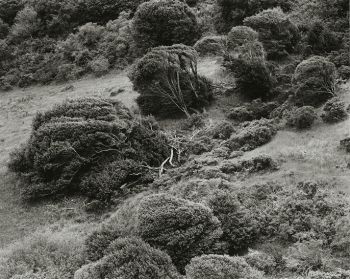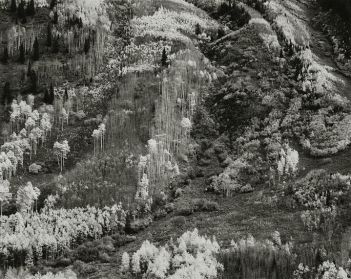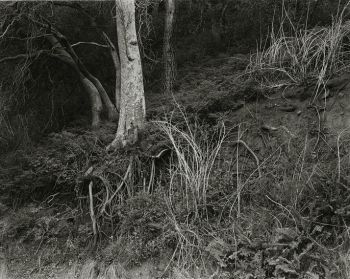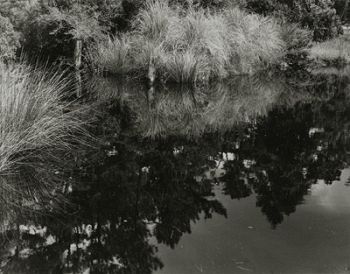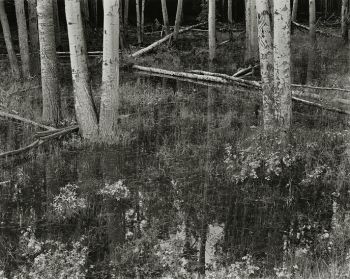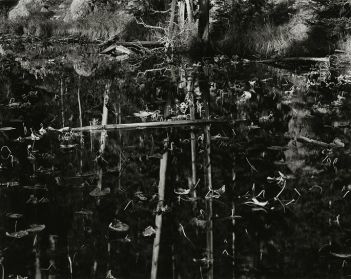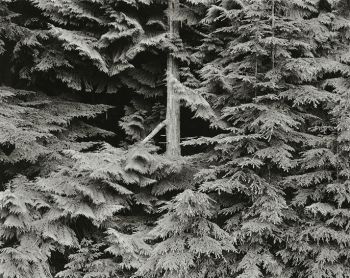Natural Connections—Photographs by Paula Chamlee (1994)
Paula Chamlee
My first book Natural Connections was the culmination of my first three years of photographing exclusively with an 8x10-inch view camera, which began in 1990. I had previously been using a 4x5 view camera and a medium format Yashica twin lens reflex camera in my studio in Mobile, Alabama, where I was living and working as a photographer and painter.
I married Michael A. Smith in 1990 and we headed across country on our first trip together, six months of photographing and traveling. Although I had packed my 4x5 outfit, I soon preferred the 8x10 and found it much easier and more interesting to have the large ground glass. For the smaller pictures, which I saw as "little gems," I used the 4x5 and 5x7 reducing backs on the 8x10. This provided some technical advantages over using the 4x5 or 5x7 sized view cameras. This exciting and fruitful trip yielded over 300 8x10-inch negatives and my first opportunity to develop all by hand. Michael taught me how to develop by inspection, a technique that was new to me, so I was off and running to develop over 300 negatives from the trip. And then there were several months of contact printing from those negatives.
By the end of 1993, I was ready to look at what I had done, including the pictures I had made before using the 8x10 view camera, and to make a book. Because Michael and I had put together and published his retrospective book, A Visual Journey in 1992 under our imprint, Lodima Press, we decided once again we would be the publishers in order to get the design and high quality printing that we wanted. Making compromises that other publishers might request that would not properly represent the work was not an option.
I contacted Estelle Jussim, highly esteemed writer, critic, and photography and film historian, whom I had already met on a previous visit to her home in Granby, Massachusetts, and of whom I was in complete awe. She had published many books and articles, had retired from her teaching position at Simmons College, and had said she would not be writing for any more photographers. But, she agreed to write an essay for my first book. I went to Granby and spent a few days with her so that we could talk extensively about my work and she could study and think about my photographs. Around this time, Estelle's health was beginning to worsen, and I am the last photographer for whom she wrote an essay.
I have kept journals of my writings on every photographing trip, not only to record interesting facts, but to note my impressions that are "in the moment" while working, and to record thoughts about my observations as a visual artist. Natural Connections is carefully sequenced for a particular rhythm and each "chapter" is divided by writings from my journals.
When it came time to choose a printer, we returned to Dave Gardner of Gardner Lithograph in Buena Park, California, as he was the best printer of black and white photographs. We asked for a set of press proofs so that we could decide how we wanted to print the book. In the mail we received not only the sheets we asked for, but an additional one that was unmarked. It was definitely the best, so we asked Dave about that sheet. He replied that it was a new and proprietary method of printing that he'd been trying to perfect for 20 years. He called it laser Silver-Lit™ Tones. We thought it was extraordinary printing and said that we would like to print my book with this method. Then, he said it would cost more. Well, so be it. It was just better, and excellence is what we do in our little publishing company. We would have to raise more money to print in this process, so we offered a special edition book and print combination, which gave the purchaser the choice of any print in the book at a discount along with the slipcased Special Edition book. We had decided to do this previously with Michael's retrospective book, A Visual Journey, and it had proved successful.
Natural Connections, published in 1994, marked the first use of laser Silver-Lit™ Tones in the reproduction of photographs, and very few books have been printed in this manner since, primarily because of the high cost. I am still amazed by these beautiful reproductions and by Dave Gardner's brilliance and dedication to exceptional printing of black and white photographs.
Purchase
